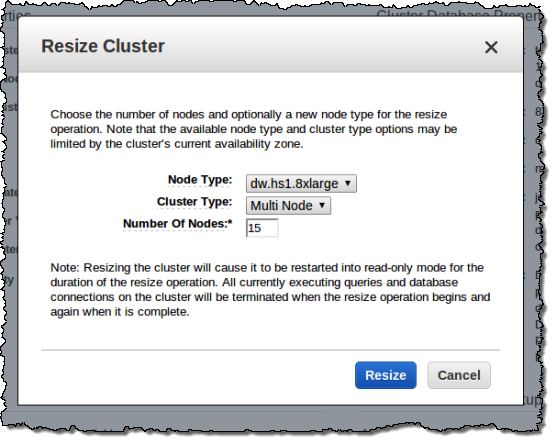

You have the freedom to select the services you need for your SAP data management and analytics and pay only for what is consumed. Flexibility to Select the Services You Need The AWS platform is highly scalable and enables scaling up and down of compute resources as per requirements. Scalability to Process Large Volumes of Data Your data resides in S3 and you can take across to the data warehouse only what you actually need for the compute. Large volumes of SAP data and other data can be stored on Amazon Simple Storage Service (Amazon S3) at affordable rates.

Some AWS services and their use cases include: Cost-Effective Storage for All Your Data You can easily integrate your SAP ERP data and data from other sources to drive these initiatives, in addition to real-time reporting and analytics. Integrating SAP Data on AWS for Multiple Use CasesĪWS provides over 200 integrated applications for infrastructure technologies like compute, storage, and databases, and emerging technologies like AI/ML, data lakes, analytics, and IoT. AWS offers multiple ways to put your data to work and not just for business intelligence (BI), reporting, and analytics, but also for AI/ML, IoT, and other use cases. The AWS ecosystem has a host of applications that can help you realize more value from your SAP data. In addition to leveraging SAP BW, it’s recommended to get your SAP data to AWS, as users can build complete enterprise analytics workflows using data lakes and analytics tools on AWS. These users need to create modern business models with machine learning and increase operational efficiencies.

However, there’s an increasing demand from users for data integration between SAP and non-SAP data, data from social media, IoT, and software-as-a-service (SaaS) applications. Operational reporting capabilities in SAP make use of embedded analytics within enterprise resource planning (ERP) applications. If your implementation loads data from SAP systems to SAP BW, you may have realized it involves multiple steps and configurations as part of a complex process.
#Amazon redshift software
It’s a software system that enables companies to collect, integrate, transform, and analyze data from SAP applications and external data sources in a single, centralized data repository.ĭata in SAP BW can be modeled for complex querying, analytics, and reporting for taking informed business decisions. SAP BW, or the SAP Business Warehouse, is a reliable, scalable, and secure platform that provides tools and functionalities to use and interpret business data for reporting and analytics. Let’s look at how the BryteFlow SAP Data Lake Builder enables you to integrate SAP data on AWS and realize more value from SAP data. BryteFlow provides real-time, no-code replication to cloud and on-premises platforms.
#Amazon redshift how to
This post examines how to extract and integrate SAP data on AWS for use cases like analytics, reporting, artificial intelligence (AI), machine learning (ML), and Internet of Things (IoT) in real-time, using the BryteFlow SAP Data Lake Builder on AWS.īryte Systems is an AWS Partner and AWS Marketplace Seller with Competencies in Migration as well as Data and Analytics Migration. It also provides the opportunity to integrate data from SAP and non-SAP sources. Getting SAP data into Amazon Web Services (AWS) in real-time enables insights for better business decisions, realizes competitive advantages, enhances sharing and collaboration, and improves operational performance. Migrating to the cloud helps accelerate data-driven initiatives for modern organizations, and provides a unified view of data and an economical way to store unstructured, semi-structured, and structured data in one centralized location. Organizations are no longer constrained by storage capacities and no longer need to prioritize data streams and sources. By Nimish Jacob, Solutions Architect – Bryte Systemsīy Faraz Masood, Sr.


 0 kommentar(er)
0 kommentar(er)
